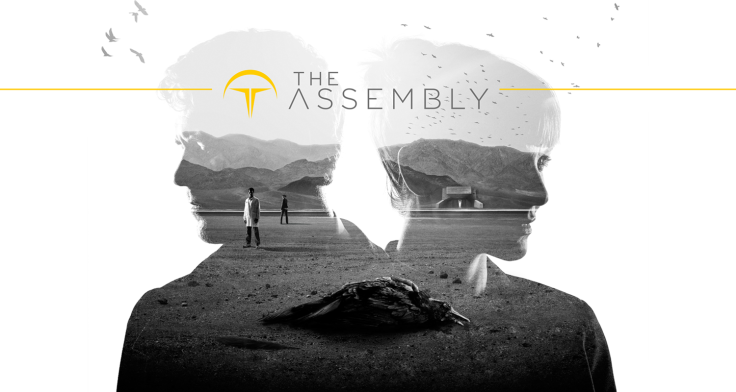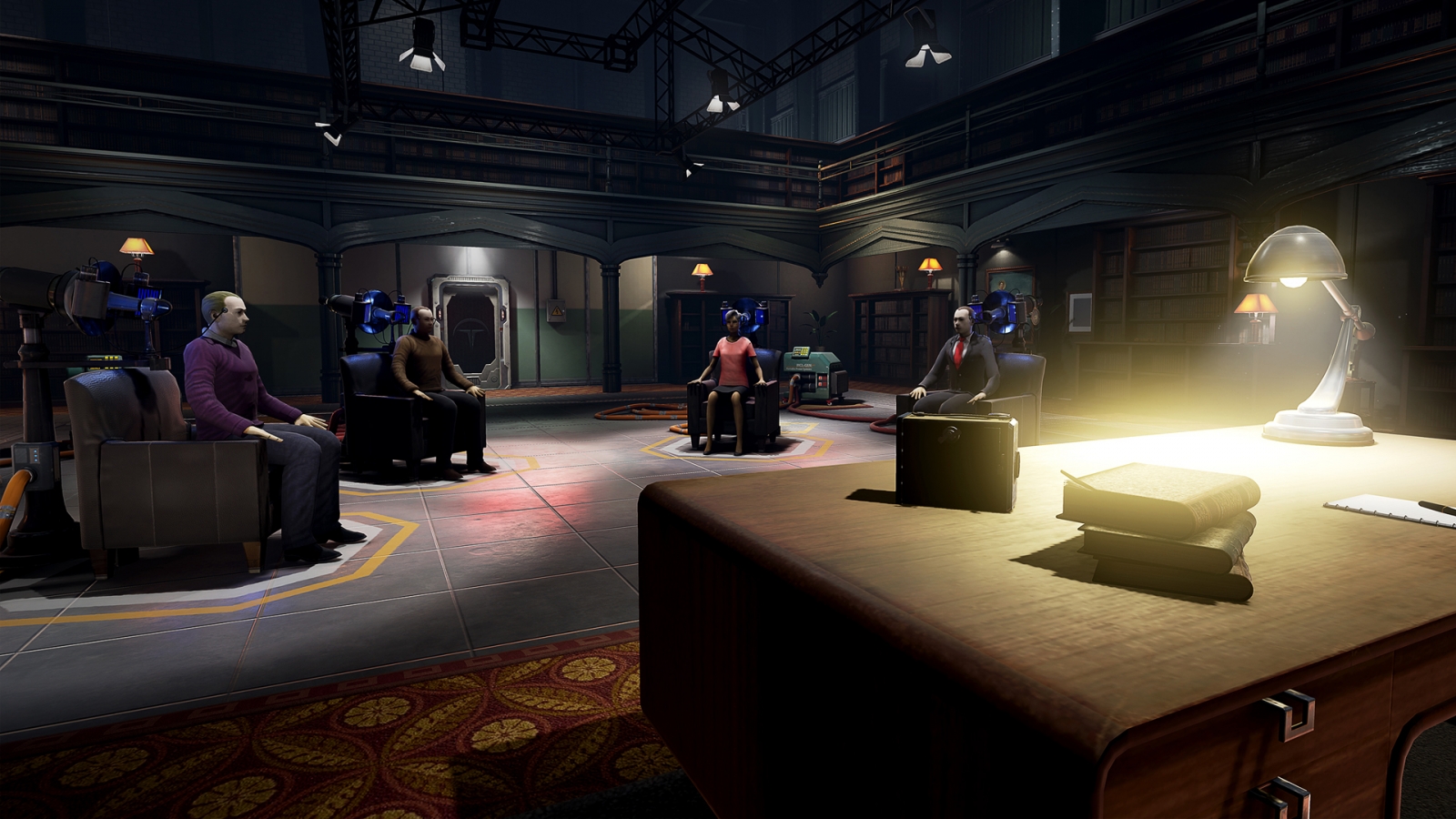Ambitious VR studio behind The Assembly discusses 'bleeding edge' video-game development
Jackie Tetley and Richard Fabian of nDreams discuss VR game development as The Assembly launches.

There's no rest for the wicked, or the wildly ambitious. Despite recently launching virtual-reality (VR) adventure game The Assembly, developer nDreams is already working on multiple VR games for several different platforms, polishing ideas and preparing for what's next.
The team is keeping tight-lipped about what that might be, but it was hard not to be infected by their enthusiasm for all things VR while at their Farnborough offices. Ahead of The Assembly's launch, I sat down with senior designer Jackie Tetley and code team manager Richard Fabian to ask what makes nDreams tick.
I start with an obvious question about The Assembly, an interactive drama pitched as "a long-form, narrative driven game" for virtual reality headsets: what's been the most exciting part about working on it?
"Working with VR? Is that a cop-out to say that?" says Tetley, laughing, "because it's the truth."
This is Tetley's first VR project as lead designer, and she's quick to point out that working on The Assembly felt like creating the title she most wanted for herself from virtual reality.
"I wanted the Assembly to be like I imagined my first experience of VR; being immersed in another world, in someone else's footsteps. For me, that's what I thought I would want to play as my first VR title if someone gave me a headset, so to create that was really exciting."
"Everything," enthuses Fabian, "even the design of the project, "It all stemmed from wanting to do something that was great in VR, a great introduction to VR for people that had never touched it before."
This commitment to providing a great introduction to VR has informed many of the game's design choices. Ever wondered how fast you need to move in virtual reality before you get sick? nDreams know the answer, and the studio is keen to make sure you never have to find out.



"We found in the early years of VR that games seem more approachable when the character movement is close to real life," says Tetley. "This means walking speed in a first-person VR game has to be like your walking speed in real life. You're not a superhero like in some of the first-person shooter games, you need it to match up with expectation. We've also tried not to make anyone turn too quickly or move around too much unaided because, you know, at this stage of VR it's probably a bit much"
I played The Assembly for three hours and only felt discomfort during an early sequence that had me tied to a gurney and moved around a facility, which made me feel a little uneasy, but quickly faded. Other than that? Just an itchy nose.
The Assembly wants to be a narrative-driven VR game in a sea of quirky experimental titles and glorified tech demos, so what of the story?
The Assembly drops you into not just one person's footsteps, but two: Stone, a scientist whose career was recently ruined and is now going through trials to see if she's a fit for the game's titular Assembly. Pearson on the other hand, is a long standing employee of the Assembly that discovers the research organisation is creating something sinister with his research and decides to start acting against them. Letting players view and explore this story from two different viewpoints allows NDreams to tell a story less about the people inside The Assemblyand more about The Assembly itself.
"The story that we've been able to tell, it's a story that emotionally resonates with a lot more impact than normal [because of VR], but we can tell it with far more subtle notes than you would normally with video games," says Fabian. "Usually if you want to get across a particular story beat you kind of have to hit the player round the head with music, or take camera control away from them, force them to look in a particular direction. With VR, it comes across very naturalistically. VR makes you feel like you're there, and so you respond like you're there."
With The Assembly now released, the team feel like they're free to go on to other projects.
"We're immensely proud of what we've created." says Fabian, as Tetley nods enthusiastically "The story is fantastic, the characters are great, the levels we've made are brilliant, and I enjoy playing it a lot. But, you know, the reality of the situation is that this isn't like making a game for an Xbox 360 in 2005 when there's been a 10 years of development in 3D games. This is the bleeding edge of video games."
They're talking about the future technology in virtual reality and it's obvious bait, so I can't help but ask them what they most want to get their hands on.
"I'm looking forward to eye tracking." says Tetley, "When that comes in I think movement will be much easier from a design standpoint, because you know, some of the stuff is limited by what's comfortable with regards to neck movement, but instead a lot of the time when you look up and down you will just be moving your eyes, so that will be awesome.
"Eye tracking has so many benefits." says Fabian "It has the performance benefit, because you only render the bit that's right near the fovea, and also you've now got head angle, eye looking at, where they're focusing in depth as well, so you can add selection in depth space. There's so many things we'll get to play with."
They're talking amongst themselves now, and I'm more of an observer as they pull apart some of the benefits of eye tracking.
"I like giving side eye." says Tetley. "Side eye in a game, that's amazing. You know, if you had a really immersive character game where they're looking, like, 'Look at me when I'm talking to you'."
"Rolling your eyes in a video game" said Fabian. "You could use, like in Mass Effect, a dialogue wheel, but instead of a dialogue wheel it's just an emote wheel, and you actually have to do the emote."
They talk for a few more minutes and as I listen I grow excited about what NDreams might be getting up to next. Then Fabian turns to me directly, and says: "It's just, suddenly it's an exciting time to be a game developer again."
For all the latest video game news follow us on Twitter @IBTGamesUK
© Copyright IBTimes 2025. All rights reserved.


















